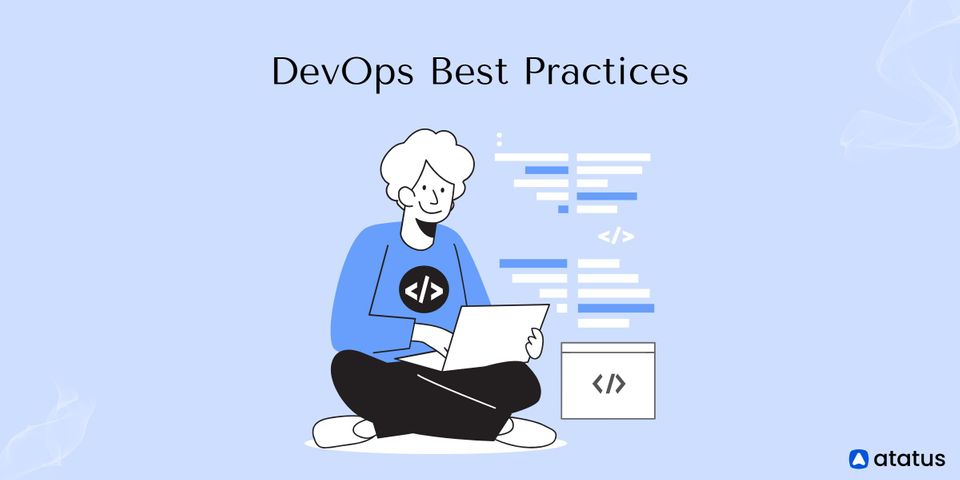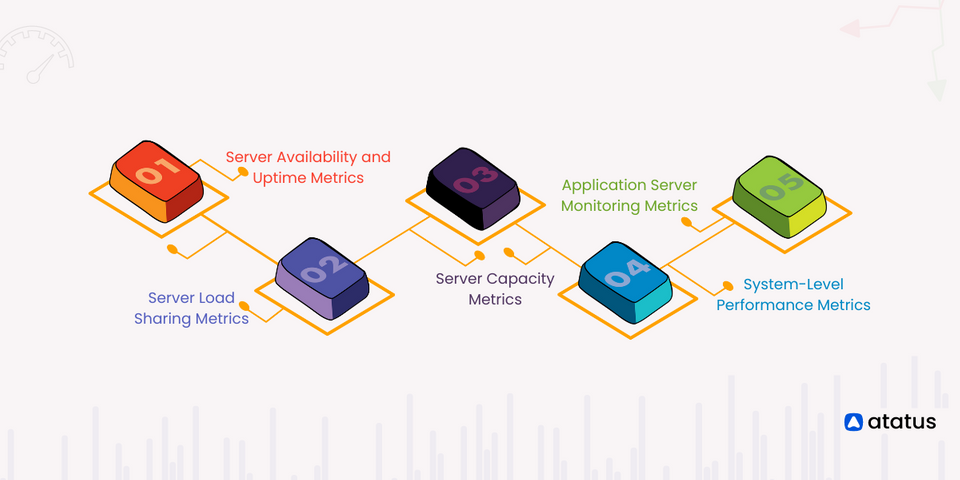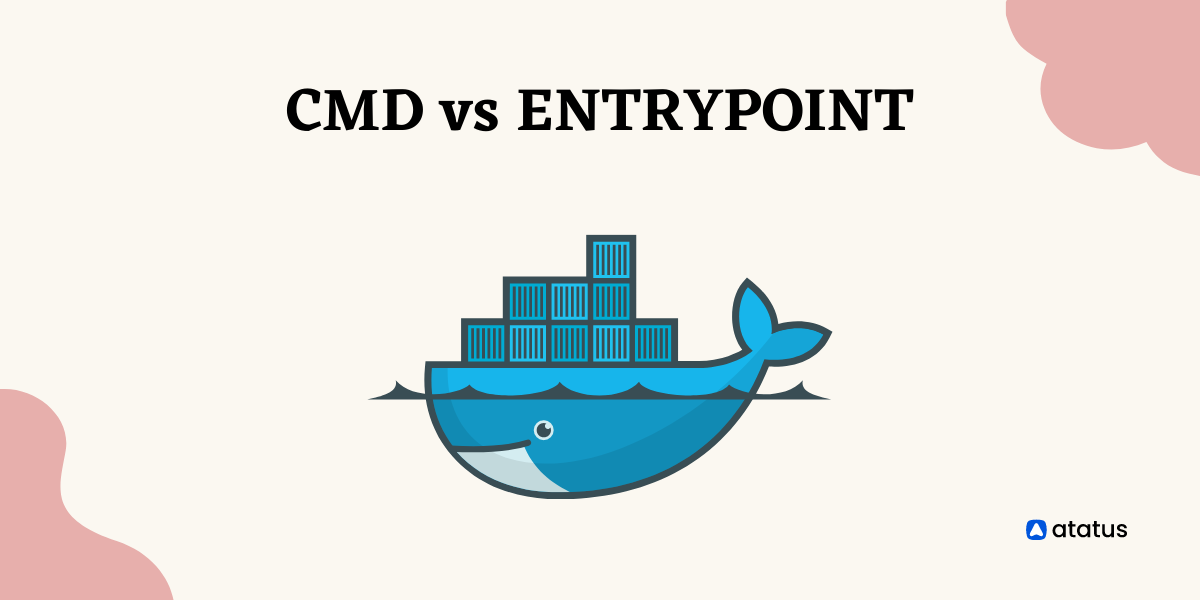11 DevOps Best Practices You Should Know to be More Productive
Software engineering teams are continually seeking methods to improve and speed up the software development process. DevOps, an engineering methodology that brings development and operations together, is one popular strategy.
Development and operations teams are frequently isolated in traditional engineering companies, which can lead to conflict between these two vital arms. While developers are pushed to build and release more code, operations engineers are required to prevent errors and the deployment of software that is bug-ridden. As a result, operations teams frequently serve as gatekeepers, slowing down the deployment process.
By increasing collaboration and fostering teamwork between development and operations/quality assurance teams, a DevOps method tackles this challenge. There is no need for a gatekeeper in DevOps because the same set of individuals owns the whole software development life cycle.
While the advantages of a DevOps approach are numerous, implementing one is not an easy task. This guide explains DevOps best practices to improve your process.
Here is how it’s done:
What is DevOps?
DevOps is a term that is being thrown around a lot these days. It is derived from Dev, which stands for software development, and Ops, which stands for software operation. Source code, configuration, design, data, testing, deployment, planning, staging, and other aspects of a software framework are all included in DevOps.

As a result, identifying and implementing the most widely accepted DevOps best practices can be difficult, as there is no one-size-fits-all solution.
Why DevOps is Important?
While a DevOps transformation requires a complete rethink of corporate structures and processes, the investment is well worth it. DevOps had a positive influence on their organization, according to 99% of respondents in the 2020 DevOps Trends survey.
DORA's State of DevOps 2019 indicated that high-performing teams release 208 times more frequently and 106 times faster than low-performing teams. DevOps improves quality as well as speed to market, with exceptional teams having a change failure rate seven times lower than low-performing teams.
- Boost Time to Market
You can get software products to market faster and produce new products, updates, and software by implementing a DevOps approach and optimizing the process. Furthermore, collaborating closely with the development and operations teams allows for immediate feedback and allows developers to make essential adjustments promptly. - Higher Levels of Automation
A DevOps team typically automates a large number of central procedures to speed up the entire development cycle. Furthermore, automation eliminates the need for manual labor in a variety of time-consuming and repetitive jobs, allowing developers to focus on new projects. - Responsive to Business Requirements
Testing, deployment, and maintenance are all handled by the development team. DevOps allows developers to respond to market needs and business requirements promptly. As a developer, you may be involved in the process of building, implementing, and monitoring to provide real-time service to the customer. You'll also be able to reply swiftly when an update, bug fix, or change is required. - Enhanced Collaboration
The DevOps team is in charge of coordinating the efforts of numerous working teams, which benefits both the organization and the individual team members. Furthermore, collaboration, in most cases, introduces fresh ideas and perspectives while also creating a more harmonious working environment for both teams.
DevOps Best Practices
We'll go over some of the DevOps best practices that can be widely adopted in a company and can help them improve their productivity and efficiency.
- Prioritize Customer Satisfaction
- Participation of Active Stakeholders
- Make Use of Agile Methodologies
- Implement Continuous Integration and Continuous Delivery (CI/CD)
- Implement Test Automation
- Monitor the Right Metrics
- Integrated Change Management
- Observability
- Switch to Microservices
- Automated Dashboards
- Build a Collaborative Culture
#1 Prioritize Customer Satisfaction 🤝
The goal is to meet customer expectations, whether you use the traditional waterfall model or a full DevOps approach.
Constant upgrades and rapid delivery of new functionality, for example, are among the top requirements of modern SaaS customers. The capacity to streamline the release process is provided by DevOps. It's easier to get new features out to customers faster because the same individuals are managing code releases and producing new code.
#2 Participation of Active Stakeholders 👩
DevOps is based on the idea that designers, operations employees, and support personnel must all work closely together at all times. One recommendation is that they recognize one difference as a critical stakeholder and work together effectively. "Onsite customer," a practice welcomed from Extreme Programming (XP), empowers dexterous engineers to work directly with the business, is a common practice among the nimble community.
Disciplined developers take it a step further with dynamic stakeholder involvement, which states that developers should work closely with the majority of their partners, including operations and support personnel, rather than just business partners. This is a two-way street: operations and support employees should be eager to collaborate with developers as well.
#3 Make Use of Agile Methodologies 👍🏼
The first step in implementing DevOps is to implement agile project management. Teams divide work into small parts using the agile technique. It enables them to quickly offer minor yet incremental innovations, laying the groundwork for DevOps' continuous deployment strategy.
Agile development teams use adaptive planning and are open to changing needs at any point in the process. They can handle unforeseen work and respond to comments from the operations team because they are adaptable.
Agile and DevOps have a lot in common in terms of culture. They both embrace change and prioritize the software product's business value. DevOps builds on Agile and extends its concepts to the operations team, rather than just the development team.
#4 Continuous Integration/Continuous Delivery (CI/CD) 🔁
Continuous Integration (CI) is a DevOps best practice for integrating code changes from multiple contributors into a single repository. CI helps developers to integrate code changes regularly and evaluate the code's correctness with automated tools.
A source code version management system is used to achieve continuous integration. Continuous integration aims to detect and fix errors earlier in the development cycle, increase overall code quality, and speed up deployment.
The frequency will increase naturally as teams enhance the overall process by working together. Bugs discovered early in the development cycle help teams prevent larger problems after the code is pushed to production. This reduces technical debt over time.
Where continuous integration ends, Continuous Delivery (CD) takes over.

Continuous delivery is a DevOps technique for getting code from continuous integration to production.
Developers have a deployment-ready build that has passed the usual test method in an organization that has correctly implemented continuous delivery. On top of automated testing, CD offers an automatic release procedure, which you can easily deploy with just a few clicks.
Since the framework enhances the testing and review stages, this helps teams reduce the manual effort when deploying. Because of the rigor used across all processes, this ultimately speeds up how code goes into production and then minimizes failure.
Software deployments become pleasant, low-risk events that may be conducted at any time with continuous delivery. Even the most complex applications can be deployed in this way, making them predictable and on-demand actions.
#5 Implement Test Automation 🤖
Software testing should be done regularly if you want to write good code. Developers can use DevOps to fix problems as they arise during the development process. They don't have to wait until the last minute to finish everything.
Manual testing can take a long time. Implementing test automation in a DevOps framework is a smart move to speed up the SDLC. Automated testing eliminates the need for testers to repeat routine operations. They can devote a lot of effort to creating new test cases and working with developers to avoid issues.
Automated testing is a popular practice in agile because test-driven development is at its foundation. Automation allows you to run more tests and test more frequently. This encourages early bug fixes and improves overall product quality.
Fortunately, there are plenty of automation technologies to choose from, so the testing team can see what works best for them and make a selection.
#6 Monitor the Right Metrics ✅
A DevOps best practice is continuous performance monitoring. Only by tracking the relevant performance metrics, such as lead time, mean time to detect, and issue severity, can the effectiveness of a DevOps approach be determined.
Monitoring these metrics is particularly critical because it allows you to spot issues early and recover swiftly. The DevOps metrics you track will be determined by the goals and expectations of your company. Because some metrics, such as unit cost, are linked to profitability, they are relevant to any engineering team.
Monitoring unit cost as a DevOps metric is an excellent idea because it aids in the development of cost-effective software from the start. This is because you have a head start on estimating your costs, allowing you to plan and make trade-offs.
#7 Integrated Change Management 🦾
Change management is the demonstration of ensuring productive and significant development of the IT framework to better support the total business. This is adequately doubtful at the task group level, given that a single solution will be developed using a variety of developments and even versions of identical technology.
Because DevOps brings enterprise-level operations challenges into the mix, an integrated change management strategy can be certainly more puzzling, given the requirement to consider a large number of solutions functioning and cooperating at the same time.
To understand the ramifications of any technology changes at an organizational level, the development team must collaborate closely with the operations team. Dynamic stakeholder participation, coordinated configuration management, and automated testing are all used in this process.
#8 Observability 👀
Monitoring has become significantly more complex as the industry has evolved away from monolithic, on-premise systems and applications to cloud-native, microservice-based solutions. As a result, observability is becoming increasingly popular. The three pillars of observability are sometimes referred to as logs, traces, and metrics.
The majority of system components and applications produce logs, which contain time-series data on the system's or application's operation. Traces are used to track the logic flow within the application. CPU/RAM reservation or utilization, disk storage, network connectivity, and other metrics are among the metrics available.
Observability simply refers to the use of all three of these kinds of data together to make discoveries and predictions about the behavior of a complex system that would otherwise be impossible to make.
Atatus is an observability platform that provides actionable, real-time information to diagnose and repair your web and backend applications. Using unified monitoring, you can identify performance bottlenecks and begin refining your application to provide the best digital experience to your customers.
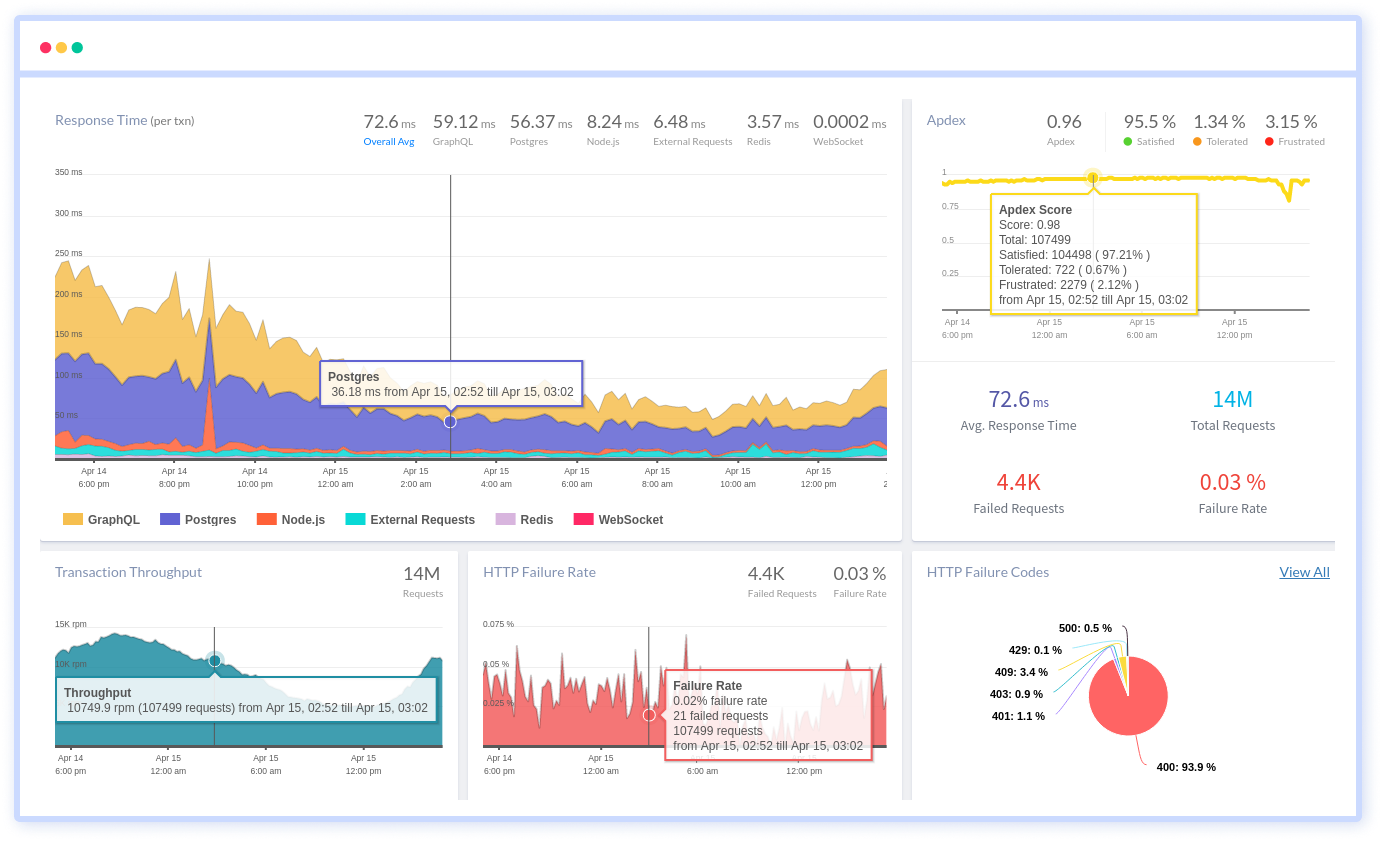
We provide Application Performance Monitoring, Real User Monitoring, Infrastructure Monitoring, Logs Monitoring, Synthetic Monitoring, and API Analytics.
#9 Switch to Microservices 🔀
A distributed application with a microservices architecture combines numerous services, each executing a specific feature or function. Each service can be deployed independently, perform its rations, and communicate with other services via a web interface in the microservices architectural pattern. Different languages or frameworks can be used to write the different services in a microservices architecture, and they can be deployed individually or as a group.
Microservices are unique in that they are both closed and open at the same time. The overall design is extensible through the exposed interface, but modifications must be implemented and versioned individually.
It's easier to avoid a single point of failure in a microservices design by ensuring that any issue with one service doesn't affect another. Microservices are also easy to expand because the DevOps team can simply add a new microservice to extend the functionality without affecting the rest of the application.
#10 Automated Dashboards 📊
Business Intelligence (BI) for IT is the use of automated dashboards. Development intelligence and operational intelligence are two perspectives on this. Development intelligence requires the use of development tools that have been instrumented to create measurements. For example, your configuration management (CM) devices already keep track of who checked in what and when.
Continuous integration tools might compare when a construct occurred, the number of tests that ran, the extent to which the tests ran, whether the assembly was successful, the number of effective tests, and so on. This type of raw data would be examined and shown on automated dashboards.
The overhead of an association's general metrics can be greatly reduced with automated dashboards. Automated dashboards provide real-time information to an organization's management teams.
#11 Build a Collaborative Culture 😇
DevOps is all about improving collaboration and removing silos between development, operations, and quality assurance teams. As a result, the software can be produced and delivered to consumers more quickly. To achieve this level of collaboration, the entire engineering team's culture and mindset must shift, as well as a unified aim or set of goals.
Both developers and operations engineers must take full responsibility for the software development process and collaborate to meet client expectations. Development and operations become a component of everyone's responsibilities in DevOps, regardless of their team positions.
WRAP IT!!!
For a company to thrive, it must reach that level of achievement and release its full potential. Employee networking must be flawless to achieve this.
Different teams are in charge of how various procedures in a company operate. When developers and operators collaborate, a company's performance improves. As a result, revenues have increased. Adopting DevOps can be beneficial to a firm if done correctly. Understand the idea in-depth and teach it to your team.
Monitor Your Entire Application with Atatus
Atatus is a Full Stack Observability Platform that lets you review problems as if they happened in your application. Instead of guessing why errors happen or asking users for screenshots and log dumps, Atatus lets you replay the session to quickly understand what went wrong.
We offer Application Performance Monitoring, Real User Monitoring, Server Monitoring, Logs Monitoring, Synthetic Monitoring, Uptime Monitoring, and API Analytics. It works perfectly with any application, regardless of framework, and has plugins.
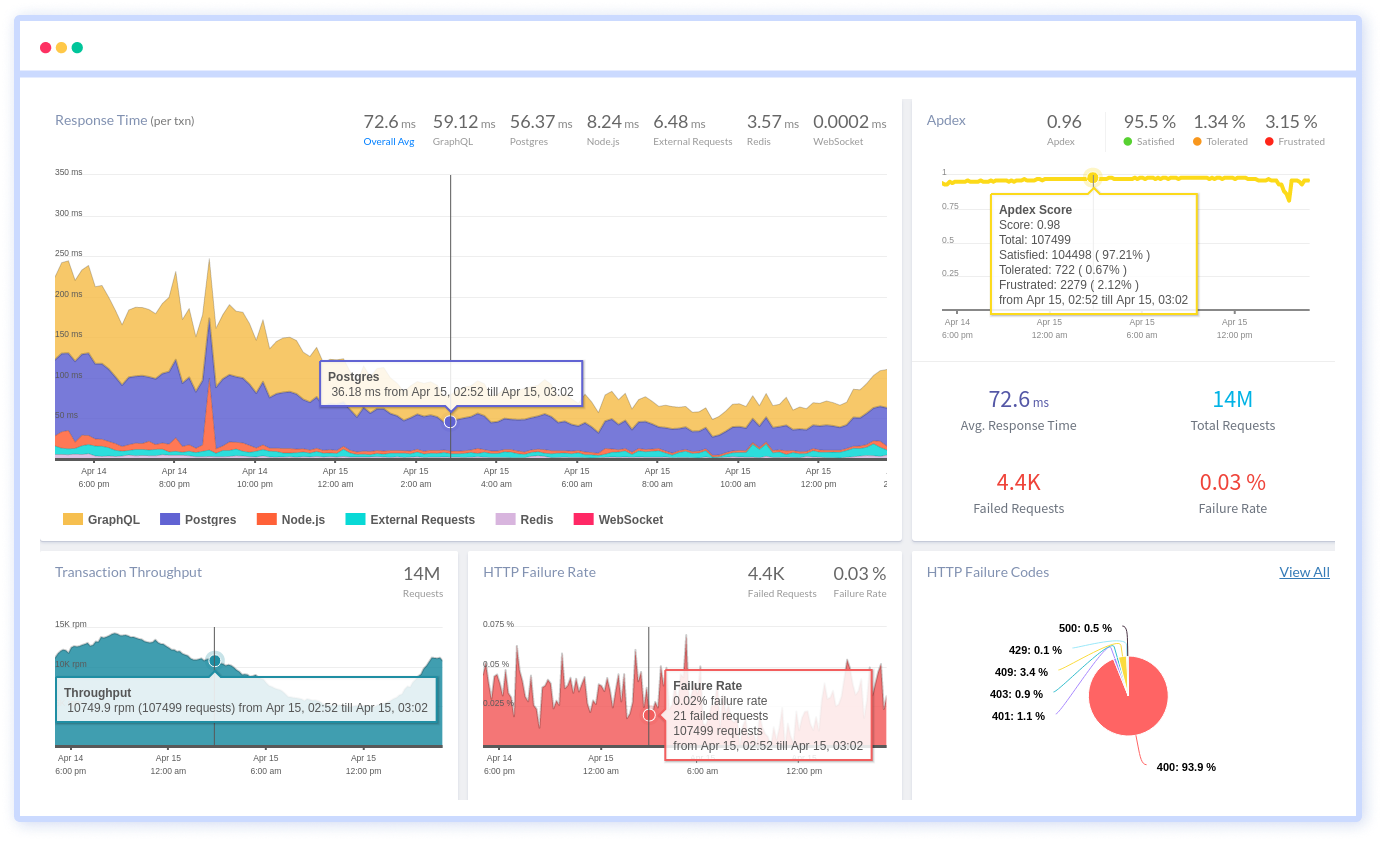
Atatus can be beneficial to your business, which provides a comprehensive view of your application, including how it works, where performance bottlenecks exist, which users are most impacted, and which errors break your code for your frontend, backend, and infrastructure.
If you are not yet an Atatus customer, you can sign up for a 14-day free trial.
#1 Solution for Logs, Traces & Metrics
APM
Kubernetes
Logs
Synthetics
RUM
Serverless
Security
More

